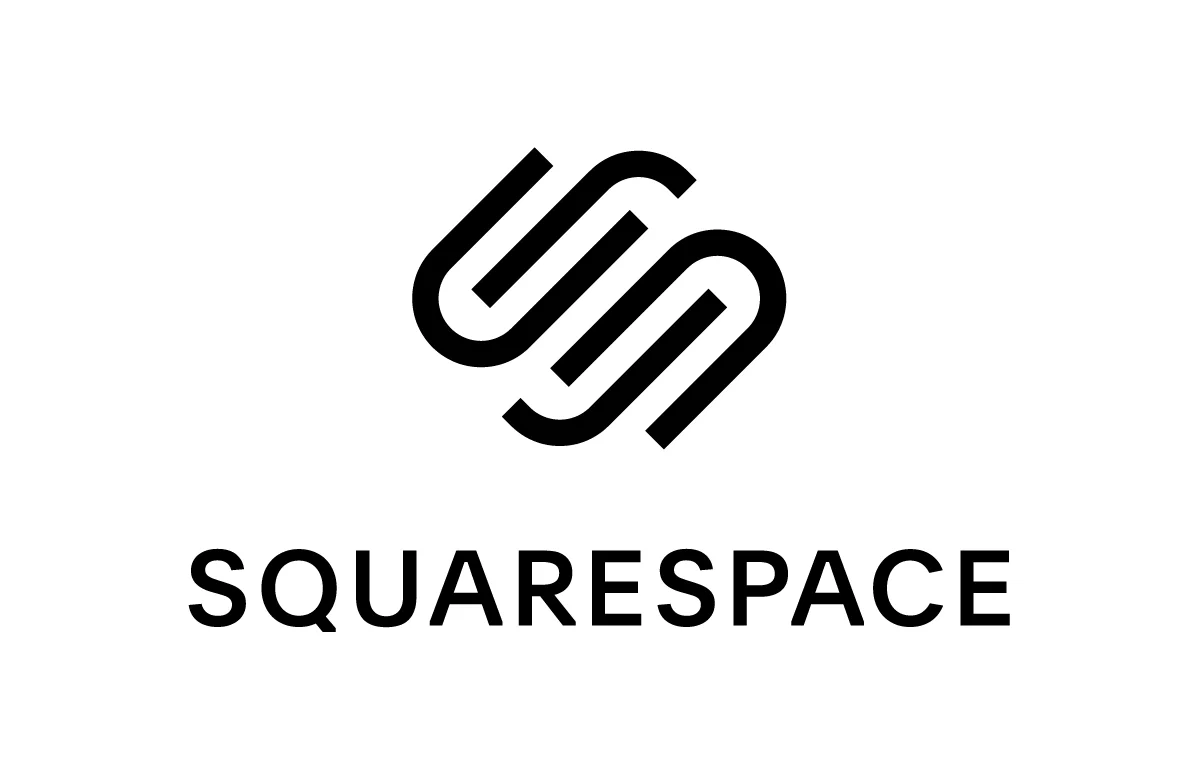
TAKING THE PLUNGE
Pros and cons of an online store
Running a small business is exciting, but have you considered taking it online? An online store can open new doors, from reaching customers worldwide to boosting sales around the clock. But it’s not all smooth sailing—there are challenges to tackle, too. In this blog post, we’ll explore the pros and cons of launching an online store, the key criteria for setting one up, and the top platforms to help you get started.
✔ The Pros
Going online can transform your small business in some powerful ways:
Global Reach: Forget the limits of your local area—an online store lets you sell to customers anywhere in the world.
Lower Costs: No rent, no utilities, and fewer staff? Online stores typically have lower overhead than physical shops.
Always Open: Your store can make sales 24/7, even while you’re catching some Zs.
Easy to Scale: Adding new products or tapping into new markets is simpler without needing a bigger physical space.
Know Your Customers: E-commerce platforms give you data on what your customers love, helping you tailor your offerings.
Work from Anywhere: Manage your store, update products, or launch promotions from your laptop, wherever you are.
✖ The Cons
Before you dive in, here are some hurdles to keep in mind:
Tough Competition: The online world is packed with businesses vying for attention, so standing out takes effort.
Tech Troubles: Building and maintaining a website can be tricky if you’re not tech-savvy, and hiring help costs money.
Shipping Struggles: Sorting out inventory, shipping, and returns can feel like a full-time job.
Building Trust: Customers can’t touch or try your products, so earning their confidence takes extra work.
Marketing Expenses: Getting people to your store often means spending on ads, SEO, or social media campaigns.
Cyber Risks: Online stores face threats like hacking, so you’ll need to invest in solid security.
Criteria for Setting up Your Online Store
Ready to take the plunge? Here’s what you need to consider to set up a successful online store:
1. Plan Your Business: Know your target audience, what you’re selling, and what makes your brand unique. Set clear goals, like hitting a certain sales target or growing your customer base.
2. Budget Wisely: Factor in costs for the platform, domain, hosting, marketing, and shipping. Don’t forget payment processing fees!
3. Pick the Right Products: Choose items that sell well online and are easy to ship. Research demand and competition to avoid headaches.
4. Design a Great Website: Your site should be easy to navigate, mobile-friendly, and look professional. Include must-haves like a shopping cart and secure checkout.
5. Set Up Payments: Use trusted payment gateways like PayPal or Stripe, and make sure you’re PCI-compliant for secure transactions.
6. Nail Shipping and Logistics: Decide how you’ll handle shipping, costs, and delivery times. You might partner with a logistics provider or try dropshipping.
7. Stay Legal: Register your business, get any needed licenses, and follow tax and privacy laws (like GDPR if you’re selling to EU customers).
8. Market Like a Pro: Plan for SEO, social media, email campaigns, or paid ads to drive traffic. Build a strong brand with consistent visuals and messaging. Don’t forget local search—learn local SEO basics in Local SEO for Small Businesses in Denver.
9. Support Your Customers: Offer clear ways for customers to reach you, like email or chat, and set up fair return and refund policies.
Top Platforms for Your Online Store
Not sure where to build your store? Here are the leading platforms for small businesses, each with its own strengths:

1. Shopify:
What is it? A super-popular, all-in-one platform that’s easy to use.
Why is it great? Quick setup, tons of apps, customizable designs, and 24/7 support.
Downside: Monthly fees and transaction costs (unless you use Shopify Payments) can add up.
Best for: Beginners or businesses wanting a scalable, hassle-free solution.

2. WooCommerce:
What is it? A free plugin that turns a WordPress site into an online store.
Why is it great? Super customizable, budget-friendly (aside from hosting), and works with tons of plugins.
Downside: You’ll need some tech skills, and hosting costs vary.
Best for: Businesses already using WordPress who want full control.

3. Wix:
What is it? A free plugin that turns a WordPress site into an online store.
Why is it great? Super customizable, budget-friendly (aside from hosting), and works with tons of plugins.
Downside: You’ll need some tech skills, and hosting costs vary.
Best for: Businesses already using WordPress who want full control.

4. BigCommerce:
What is it? A powerful platform built for businesses planning to grow fast.
Why is it great? Awesome SEO tools, no transaction fees, and features like multi-currency support.
Downside: Can be complex and pricier for advanced plans.
Best for: Businesses with big growth plans or complex needs.

5. Squarespace:
What is it? A platform known for stunning designs with solid e-commerce tools.
Why is it great? Gorgeous templates, easy to use, and great for small-scale stores.
Downside: Fewer integrations and less robust e-commerce features.
Best for: Creatives who want a visually striking store.
Ready to go online?
Launching an online store is a big step, but with the right planning and platform, it can take your small business to new heights.
Weigh the pros and cons, make sure you’ve got the setup criteria covered, and pick a platform that fits your needs.
Contact Reputable Image to help you set up your online store. Claim your FREE consultation today
